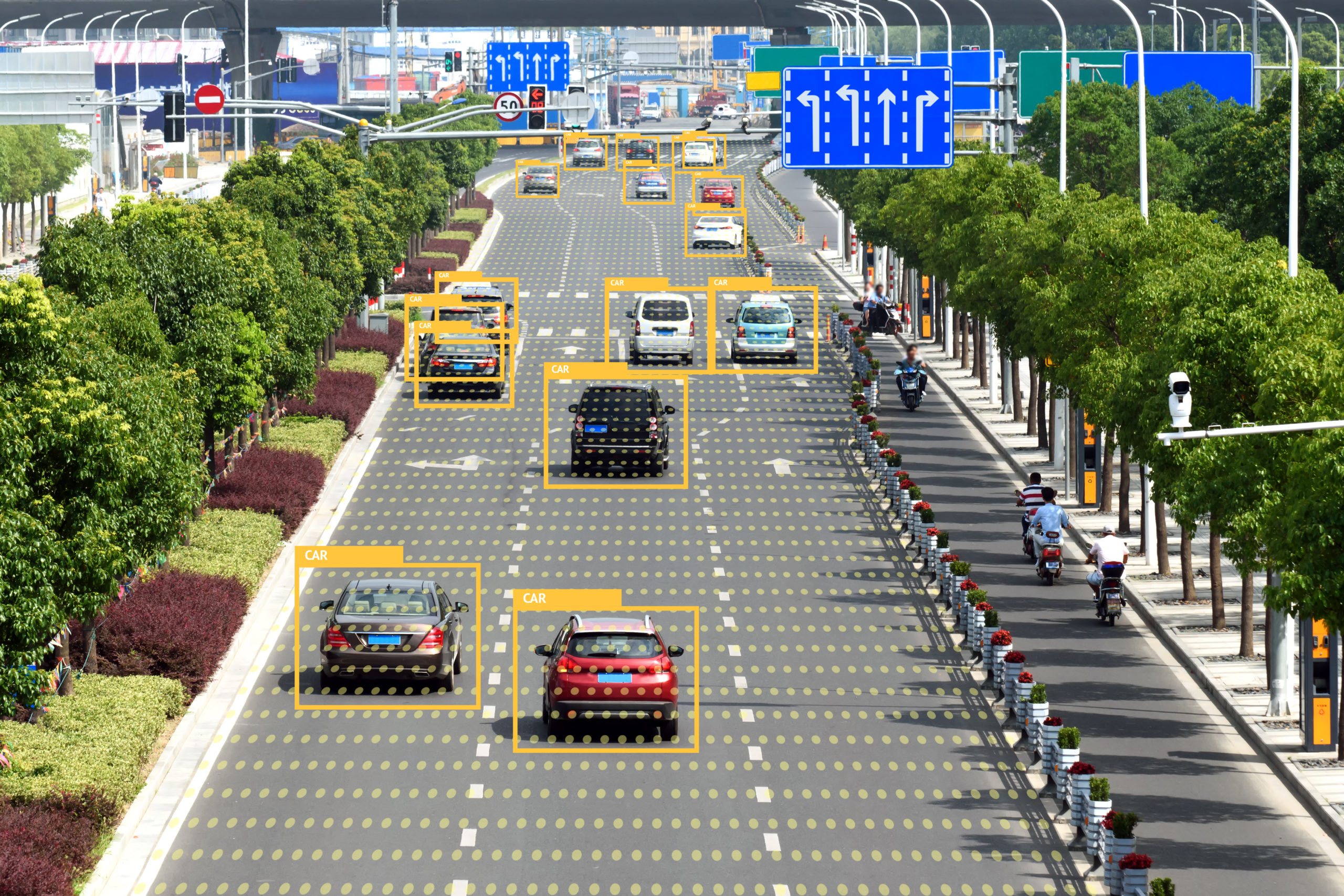In our data-driven society companies across all industries depend on the power of artificial intelligence (AI) and machine learning (ML) to draw valuable insights from vast amounts of data. An image annotation technique is a key computer vision technique that plays an important role in making visual data understandable. In this piece, we delves into the realm of image annotation and look at the significance of image annotation tools such as software, solutions, and tools to unleash the full potential of data-driven decision-making.

Image annotation is the act of tagging or labeling images with metadata, which allows computers to interpret and comprehend the visual information accurately. Image annotation lets models to detect objects, patterns and other attributes in images by introducing annotations, such as bounding boxes or polygons. This method bridges the gap between raw images and a measurable insight, opening the way to various applications, like autonomous vehicles medical imagery, ecommerce, and surveillance.
A wide variety of tools are available to streamline the process of annotation of images. These tools offer intuitive interfaces that let annotators note areas or objects of interest in images without difficulties. They offer a variety of annotation options as well as customization features that can be adapted to different data requirements. Image annotation tools are an array of tools from basic drawing tools to automatic suggestions as well as advanced shape recognition. They improve the accuracy and effectiveness of annotation and enable annotators to perform their work efficiently and quickly.
Image annotation software takes the annotation process to the next level by incorporating automation and collaboration features. The software programs use ML algorithms for automation which reduces manual labor and increasing the speed at which annotations are made. An annotation software employs techniques such as active learning and transfer learning to improve the speed of labeling, while preserving quality outcomes.
The software for annotation allows seamless collaboration between several annotators. It offers real-time annotation synchronization and commenting functionality to ensure smooth communication. This method of collaboration not just improves annotation quality but can also promote sharing of knowledge and ensures consistency across annotations.
When choosing an image annotation software, there are several things to think about. The solution should be able to satisfy the requirements of the project. This includes the kinds of annotations needed (e.g. bounding boxes or keypoints, polygons), as well as the difficulty and scalability.
In addition, the flexibility of the system is essential. A reliable annotation tool should permit the customisation of workflows for annotation as well as integration with existing systems for managing data and be compatible with a variety of data formats. This adaptability allows the annotation solution to seamlessly integrate into existing workflows and pipelines, increasing overall productivity.
Thirdly, the accuracy of the annotations generated by the application should be assessed. To ensure accuracy and uniformity, reliable image annotation solutions utilize quality control systems. These include agreements between annotations, inter-annotator checks, annotation validity, and continuous feedback between annotators.
Image annotation can have an extensive impact that goes far beyond the process of annotation. Companies can enhance the value of data using the tools and solutions for annotating images as well as software. The most important thing is that accurate annotations enable the training and development of ML models with higher accuracy and reliability. These models are then utilized for various purposes, such as image classification, object recognition and anomaly detection.
Image annotation also facilitates data-driven decision-making through providing deep and insightful insights from the visual data. For example, in the health industry, annotated medical images can aid in diagnosing illness in determining abnormalities, as well as planning treatment plans. In e-commerce, image annotations support product recommendation systems and image search functions, and strategies for visual merchandising.
Image annotation, when combined with data science has changed how we work. It’s a powerful tool that lets you access a wealth of information. It improves data analysis and uncovers the hidden connections. In real-time, insights are produced. Through image annotation, businesses can streamline their processes, go to market faster, reduce costs and gain an competitive advantage. Images are an effective method of communicating concepts and they’re much easier to understand as opposed to abstract figures. Correctly annotated photos also make data more accessible to all stakeholders. If used correctly, image annotation is powerful in transforming data into actionable data and maximizing the value of data in all types of applications.